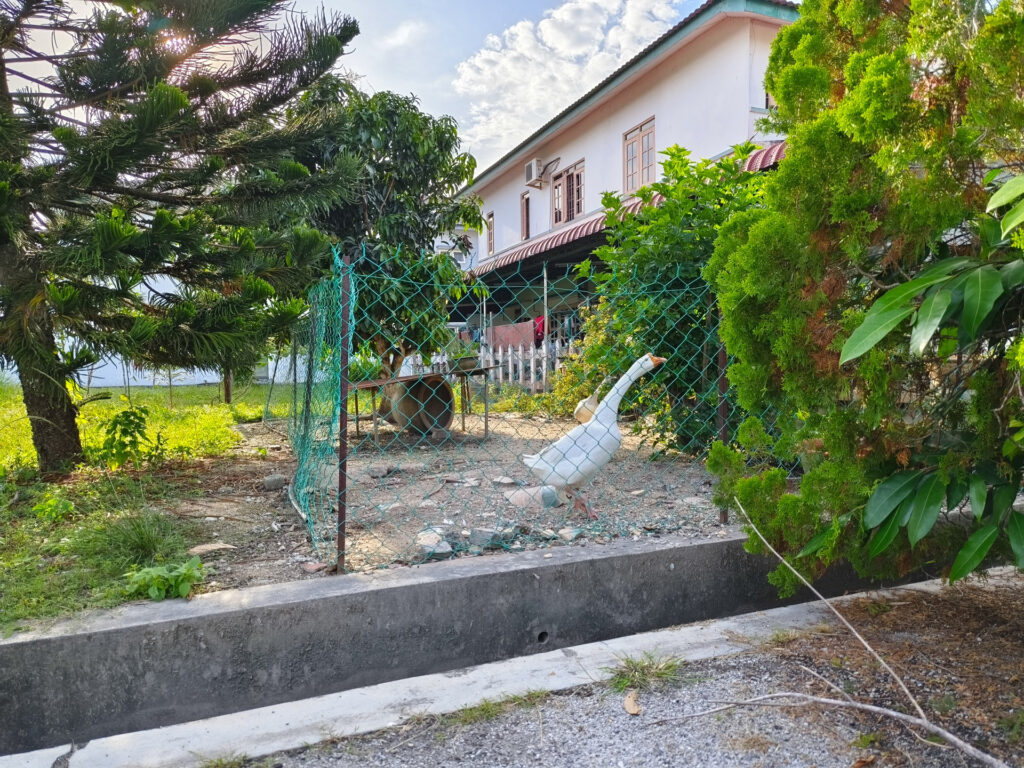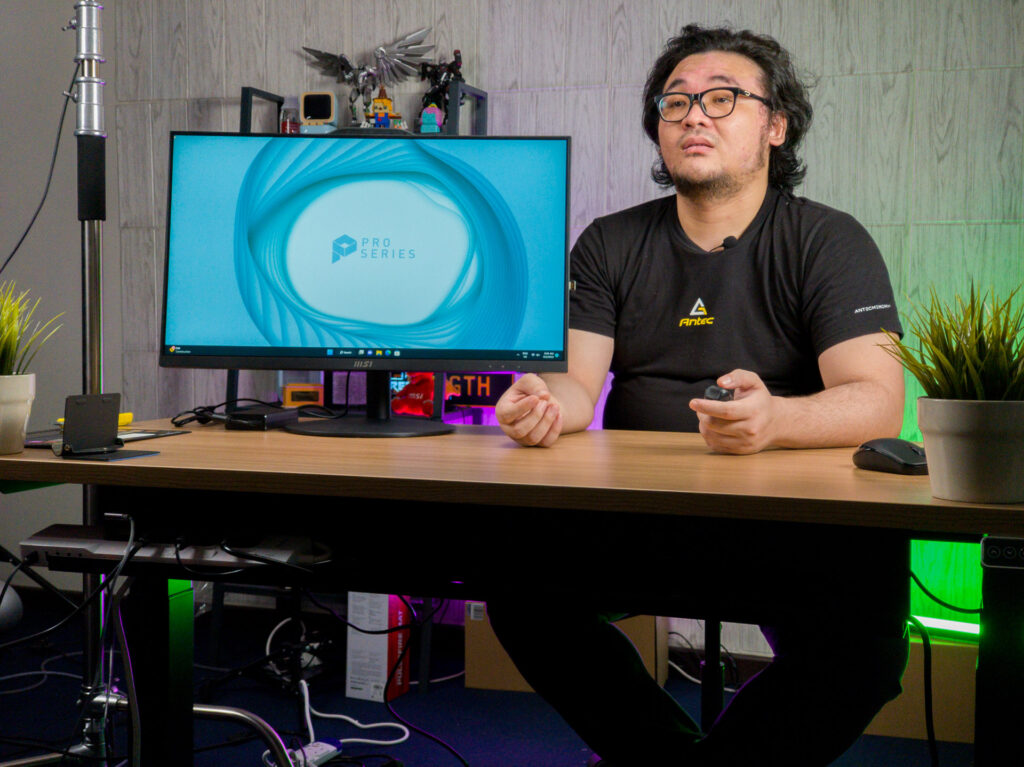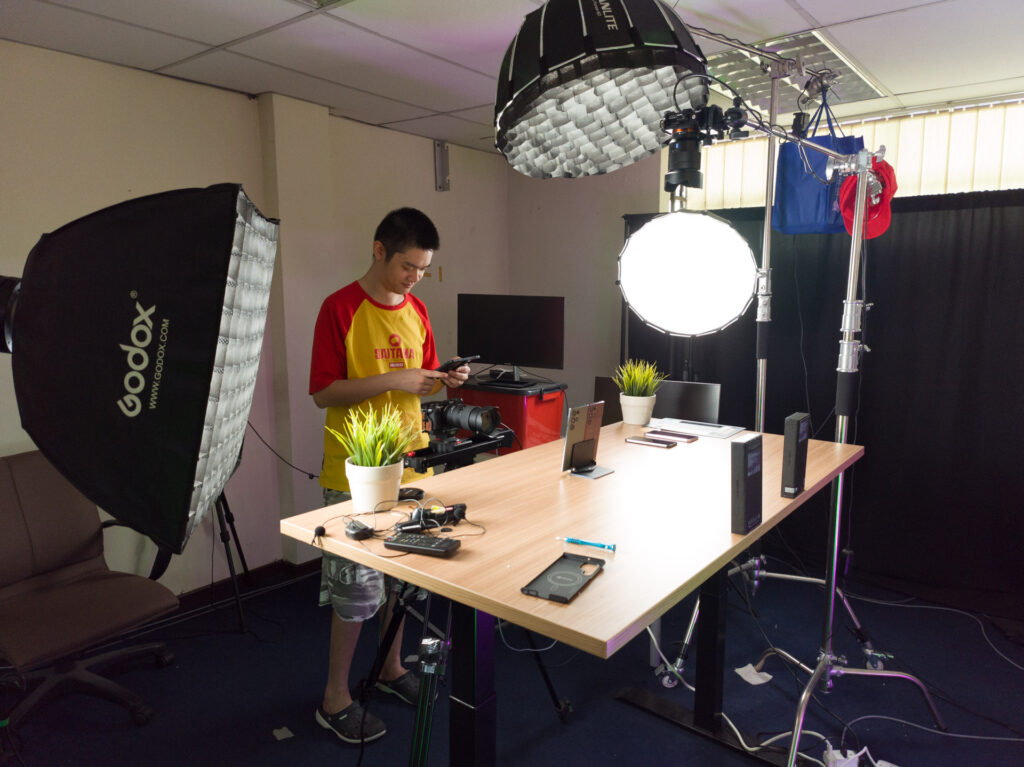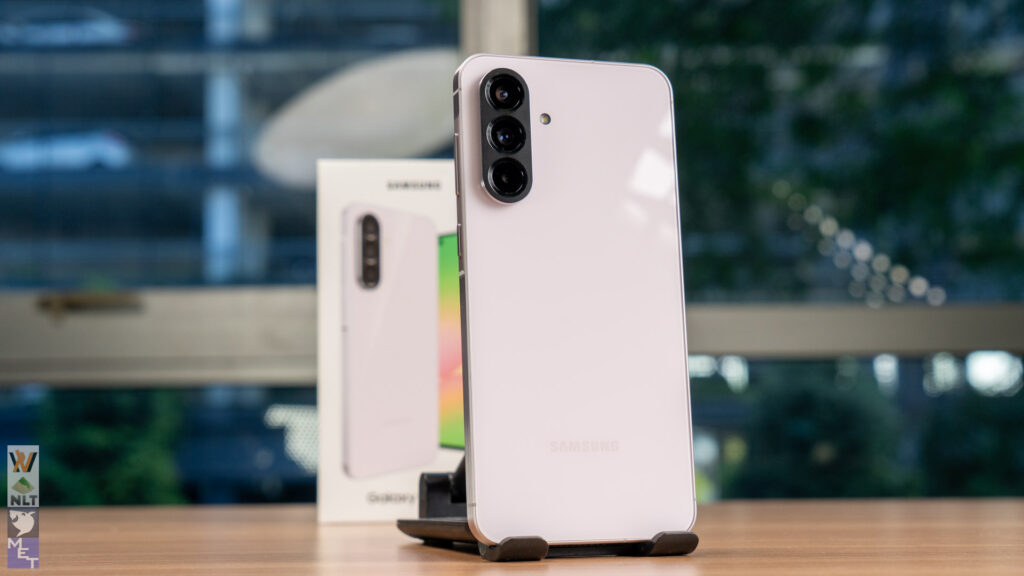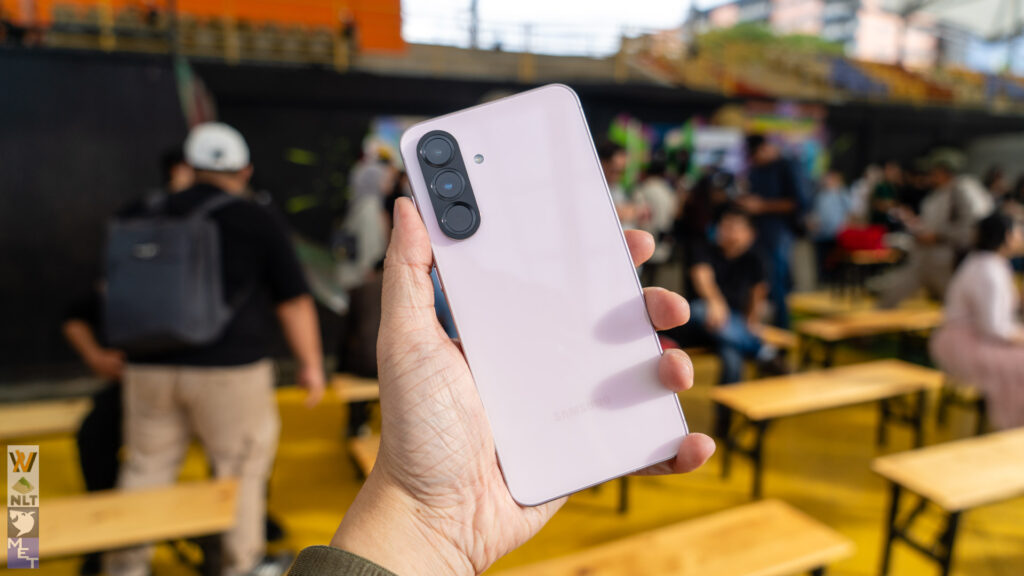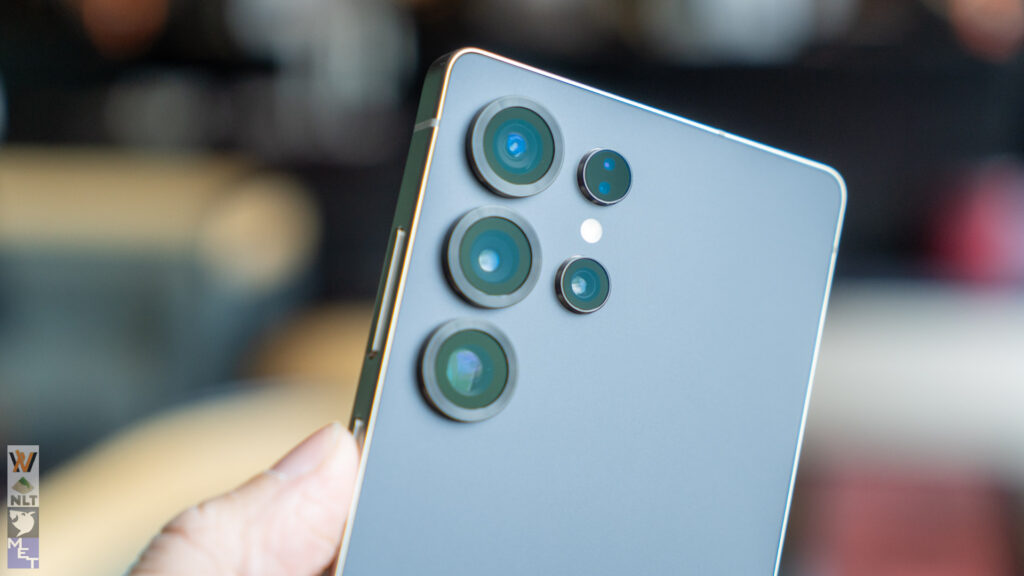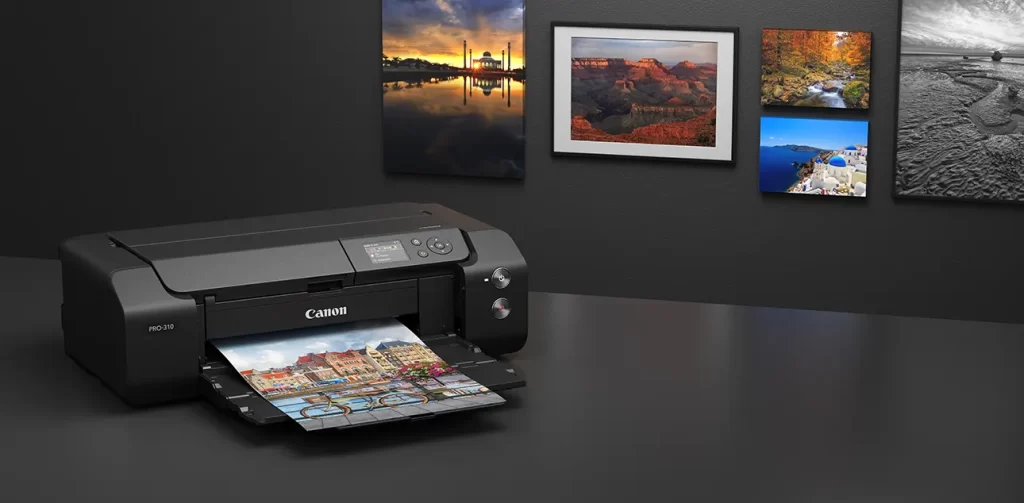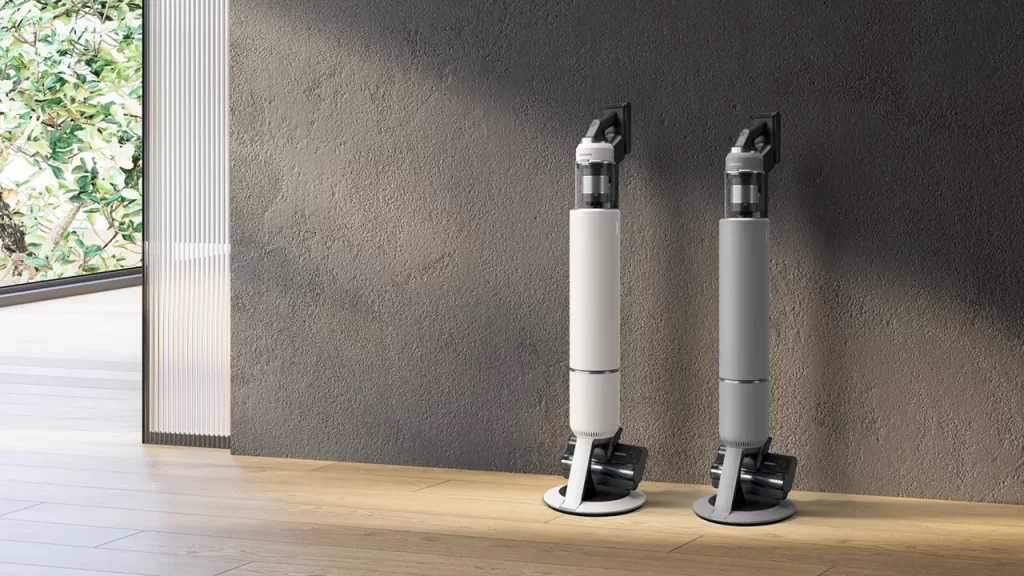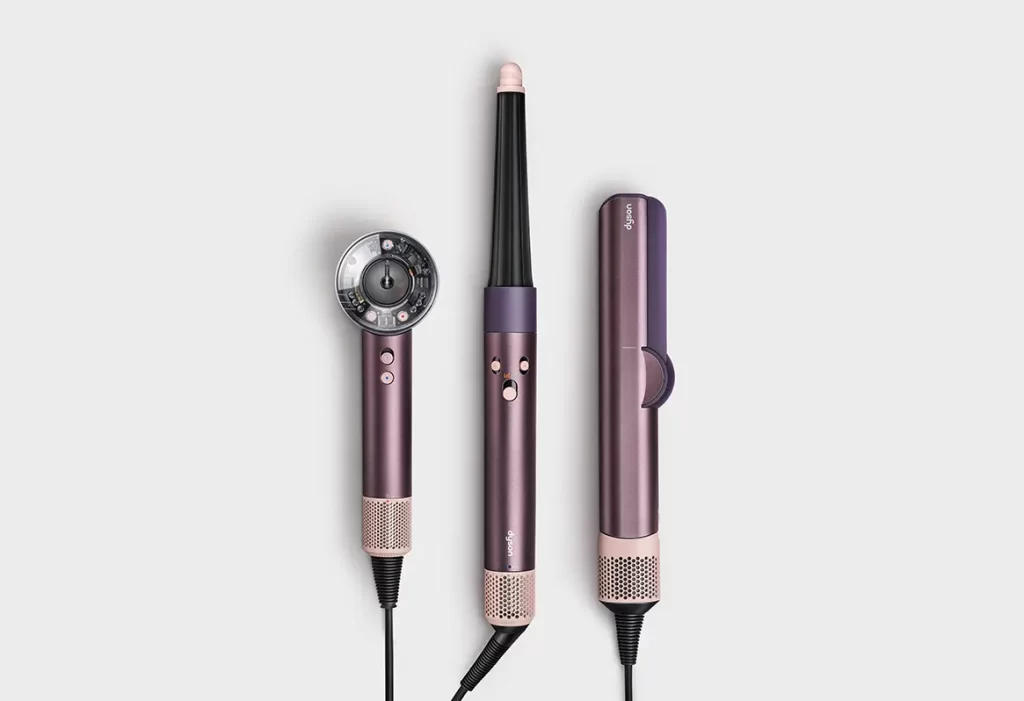vivo X90 Camera User Experience
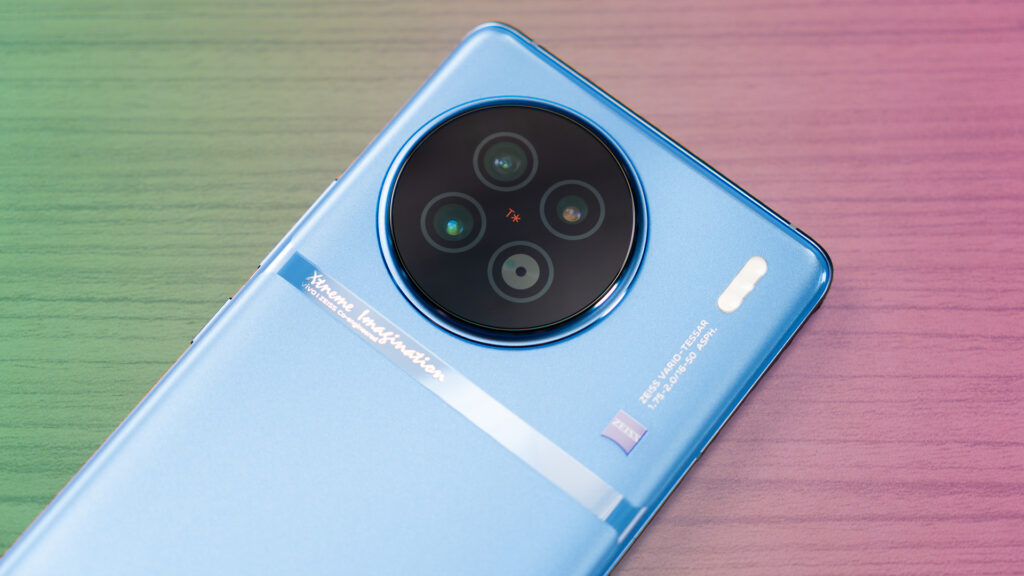
The vivo X90 series smartphone was launched a few weeks ago in Malaysia for RM3,699 and it has been heavily marketed as a world-class camera phone. That shows how vivo wanted to position the X90 series as the go-to option if you want the best camera on a smartphone. While photography purists may disagree with that but there is a saying that the best camera is the one you have with you.
Today I will be sharing my personal experience after trying out the vivo X90’s camera for about two weeks. I will go through some of the aspects such as the camera configuration, photo quality, and user interface. If you’re interested to learn more about the phone other than just the camera, you can check out our sister channel’s review at NL Tech. Now let’s get this started.
Video Review
Camera Configuration
Primary Camera
The primary camera is more interesting with a vastly better sensor offering. It is a 50MP sensor with a 23mm equivalent f/1.75 lens. Due to the larger sensor, the individual pixel size is about 1 micrometre, larger than the 0.8 micrometre for the front camera. The pixel-binning technique combines four pixels into one single pixel and produces a 12MP photo that is highly detailed without overloading the ISP or taking up the storage. If you insist to take 50MP photos natively, this will disable most of the settings such as HDR, ZEISS colour, and macro mode. Besides, each photo will take up roughly 10 megabytes of storage, instead of just 4 megabytes.
With the bright f/1.75 lens, the camera has more exposure options available no matter if you’re taking photos during the day or at night time. The colours are vibrant but not overly saturated, just nice for social media sharing.
If you want something more natural looking, you can turn on the ZEISS Natural Colour feature. I am not entirely sure about the true processing difference between the standard and ZEISS colours, from my observation, turning this on will reduce the colour saturation. Perhaps that is more suitable for those who prefer to edit the photos by themselves.
Ultra-wide & Telephoto Camera
The ultra-wide and telephoto camera has the same sensor configuration, 12MP with autofocus. The ultra-wide camera has a 16mm equivalent f/2 lens while the telephoto has a 47mm equivalent f/1.98 lens. On paper, they might not sound that impressive or filled with highly technical photography jargon. The actual user experience is better than that.
I am really impressed by the overall image quality created by these two cameras. The ultra-wide camera is excellent for landscape shots while the telephoto is excellent for taking portrait shots. While the camera did include a dedicated portrait mode, I’m not a fan of simulated bokeh effects.
Front Camera
The front camera has a 32 MP sensor with a 24mm equivalent f/2.5 lens. Usable but don’t expect too much, the high megapixel count may sound impressive but generally it is not all that useful especially if you’re just posting your selfies on social media. Lower megapixels may actually be better because of the larger individual pixel size that contributes to better low-light performance.
Camera UI
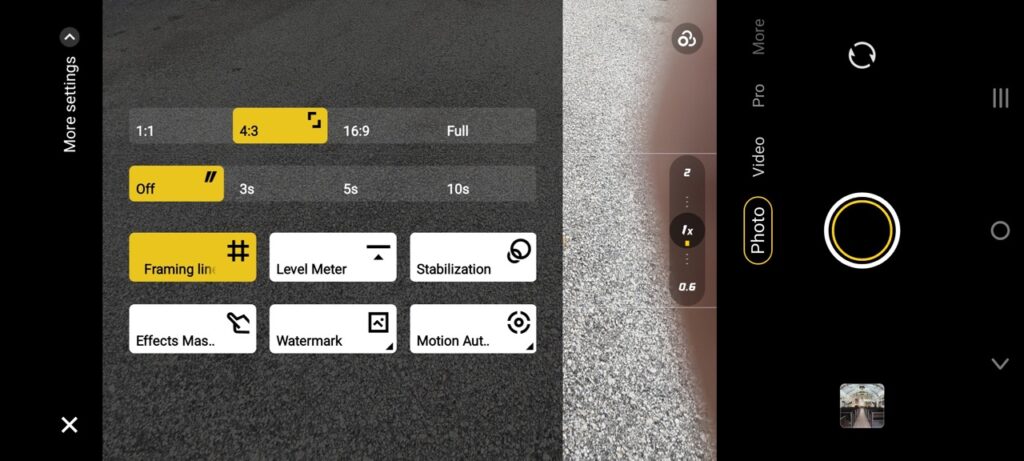
One thing worth highlighting for the vivo camera user interface is the choice of font and colour. You see, the smartphone camera user interface has pretty much settled down with this arrangement. It is a good thing because no one is asking to reinvent the wheel. However, what can be improved is the look & feel of the UI. The camera zoom option has this modern font and most importantly, tapping on the settings icon will show you a slew of configurations represented by text and icons.
Conclusion
Generally, the vivo X90 exceeds my expectations when it comes to the camera quality as well as the user experience. The controls are fluid and I love how the UI is designed to be modern and easy to understand, making photography easier for the rest of the population. Even though the rear camera didn’t share the same sensors as the primary camera, they manage to keep the image quality relatively consistent. All in all, if you like photography, the X90 will not disappoint.

